Rising Demand for Automation
The Electronic Shelf Label Market is experiencing a notable surge in demand for automation solutions across retail environments. Retailers are increasingly adopting electronic shelf labels to streamline pricing and inventory management processes. This shift towards automation is driven by the need for operational efficiency and cost reduction. According to recent estimates, the market for electronic shelf labels is projected to grow at a compound annual growth rate of approximately 20% over the next five years. This growth is indicative of retailers' desire to enhance their operational capabilities while minimizing human error. As automation becomes more prevalent, the Electronic Shelf Label Market is likely to witness further innovations that cater to the evolving needs of retailers, ultimately transforming the shopping experience for consumers.
Cost Efficiency and Labor Savings
Cost efficiency remains a pivotal driver in the Electronic Shelf Label Market. Retailers are increasingly recognizing the financial benefits associated with the implementation of electronic shelf labels. By reducing the need for manual price changes and minimizing pricing errors, retailers can achieve substantial labor savings. Studies suggest that electronic shelf labels can reduce labor costs by up to 30%, allowing staff to focus on more value-added tasks. Furthermore, the long-term savings associated with reduced paper usage and waste contribute to a more sustainable business model. As retailers continue to seek ways to optimize their operations, the Electronic Shelf Label Market is poised for growth, driven by the compelling economic advantages that electronic shelf labels offer.
Growing Focus on Customer Experience
The growing focus on customer experience is a significant driver in the Electronic Shelf Label Market. Retailers are increasingly aware that enhancing the shopping experience can lead to higher customer satisfaction and loyalty. Electronic shelf labels facilitate dynamic pricing and personalized promotions, allowing retailers to respond quickly to market changes and consumer preferences. This adaptability is crucial in a competitive retail landscape where customer expectations are continually evolving. As retailers strive to create a more engaging shopping environment, the demand for electronic shelf labels is expected to rise. The Electronic Shelf Label Market is thus positioned to benefit from this trend, as retailers seek innovative solutions to enhance customer interactions.
Regulatory Support for Digital Solutions
Regulatory support for digital solutions is emerging as a key driver in the Electronic Shelf Label Market. Governments and regulatory bodies are increasingly promoting the adoption of digital technologies in retail to enhance efficiency and sustainability. Initiatives aimed at reducing paper waste and encouraging the use of electronic solutions are likely to bolster the market for electronic shelf labels. As regulations evolve to support digital transformation, retailers may find themselves incentivized to adopt electronic shelf labels as part of their compliance strategies. This regulatory environment is expected to create a favorable landscape for the Electronic Shelf Label Market, fostering growth and innovation in the sector.
Technological Advancements in Display Technology
Technological advancements in display technology are significantly influencing the Electronic Shelf Label Market. Innovations such as e-ink displays and improved wireless communication protocols are enhancing the functionality and appeal of electronic shelf labels. These advancements allow for clearer visibility, longer battery life, and faster updates, which are crucial for retailers aiming to provide real-time pricing information. The integration of advanced display technologies is expected to attract more retailers to adopt electronic shelf labels, thereby expanding the market. As the demand for high-quality display solutions continues to rise, the Electronic Shelf Label Market is likely to evolve, offering more sophisticated products that meet the diverse needs of retailers.

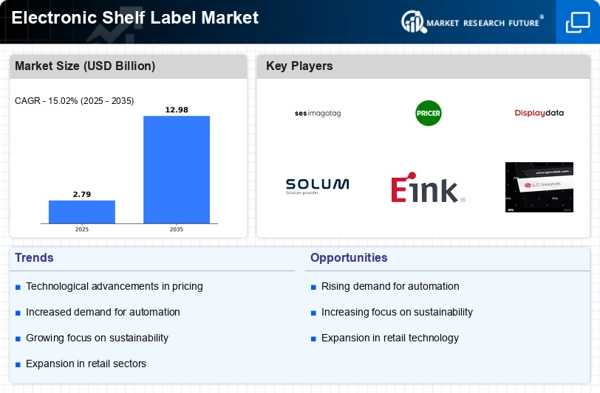
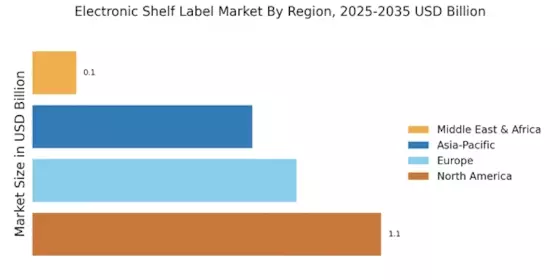

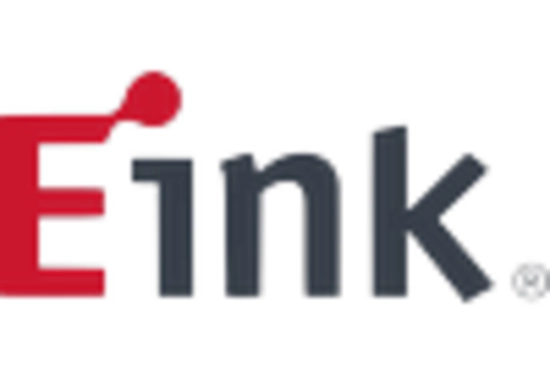


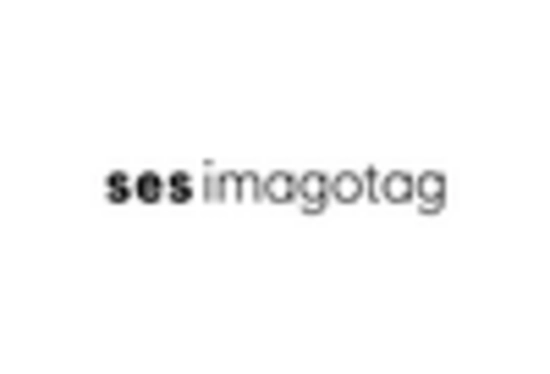
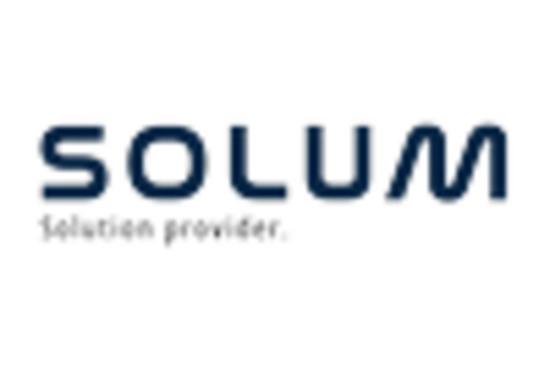








Leave a Comment